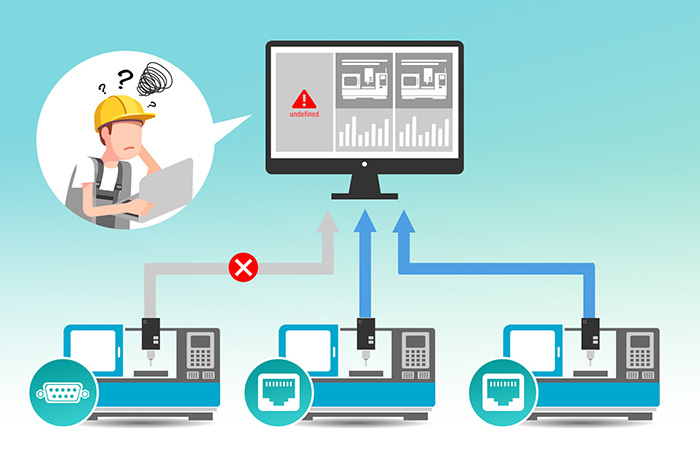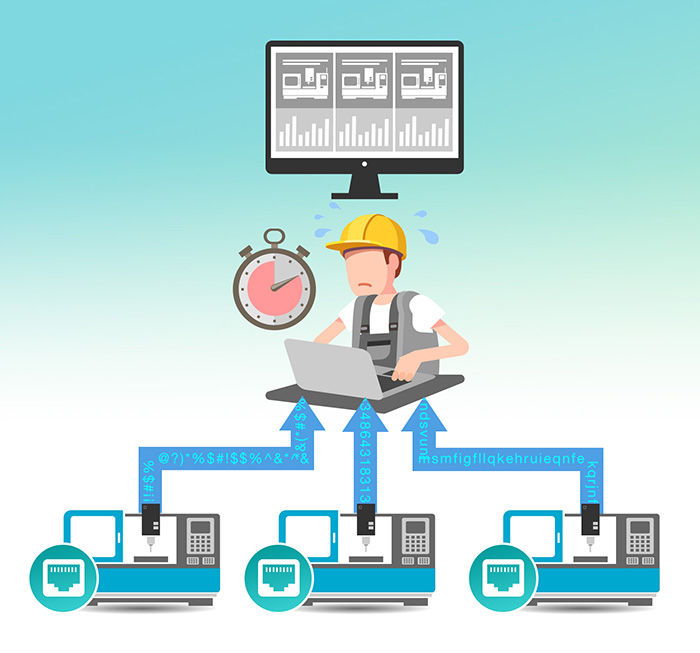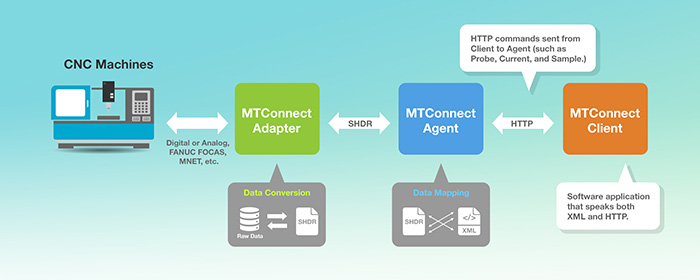Every manufacturing facility’s competitiveness hinges on two main aspects: efficiency and effectiveness. The standard gauge for measuring productivity in factories, known as overall equipment efficiency (OEE), has been in place since the 1960s. It specifically identifies machinery running below full capacity so that necessary adjustments can be implemented. A successful OEE relies on the visibility of machines in the control room. This article examines the challenges in improving the visibility of operational data from these machines.
A Diverse Mix of Legacy and Contemporary Machines
The visibility of machine tools in a factory is dependent on the amount of information these devices provide, such as their status. Modern machines generally offer such information effortlessly, as the necessary parameters are already programmed within them. However, legacy machines do not provide this luxury, given the historical practice of not storing machine status data. These older machines were typically designed solely for their primary functions, like cutting or lathe operations.

The Persistent Challenge of Interoperability
Despite the capability of modern machines to offer crucial machine data, monitoring on the shop floor remains complex. The presence of various machine brands using distinct protocols complicates operations since data output from these machines may not be compatible with a unified software platform. This compatibility issue necessitates coordinated actions by system integrators to enhance data accessibility.

Harmonize OT Data with MTConnect
MT Connect, an open and free protocol established in 2008, has bridged the gap between manufacturing equipment of different brands and software applications from various providers. Known as a read-only standard, MT Connect defines only the data readings from control devices, making it optimal for machine data collection.
Crucial components of an MTConnect-ready application consist of an MTConnect Adapter, an MTConnect Agent, and an MTConnect Client. The MTConnect Adapter, whether hardware or software, converts machine data into a format recognized by the MTConnect Agent (usually SHDR). Subsequently, the MTConnect Agent translates this data to XML, enabling the MTConnect Client to retrieve the data through HTTP.

Execution
In recent times, many machine manufacturers have begun producing MTConnect-compliant machines. However, the bulk of CNC machines, with an average lifespan of 25 to 30 years, do not support MTConnect. Additionally, a significant portion of these machines communicate solely through serial interfaces. For modern machines fitted with Ethernet interfaces but lacking MTConnect compliance, controller manufacturers or system integrators may need to develop MTConnect Adapters to enable MTConnect functionality. Older machines lacking an Ethernet interface or designated MTConnect Adapter typically rely on I/Os to retrieve machine status, often using stack lights. Yet, few I/O solutions support MTConnect, escalating the integration effort on the shop floor.

Moxa’s Resolutions
The NPort IA(W)5000A-I/O Series comes equipped with an inbuilt MTConnect Adapter and MTConnect Agent, offering flexible configuration options for defining input data in desired MTConnect tags. This feature significantly streamlines the integration of your monitoring application.
- Not Only for Automobiles: Discovering CANbus Technology in Various Industrial Settings - October 29, 2024
- Boost Your Network Performance: An Exciting Manual to PoE Switches! - September 10, 2024
- Understanding Gigabit Switches: Industrial vs Regular Gigabit - September 4, 2024


